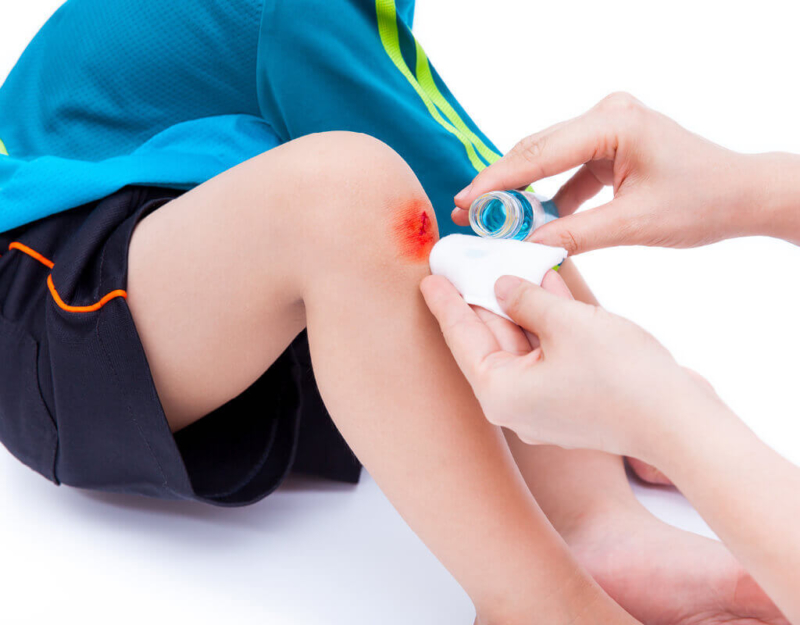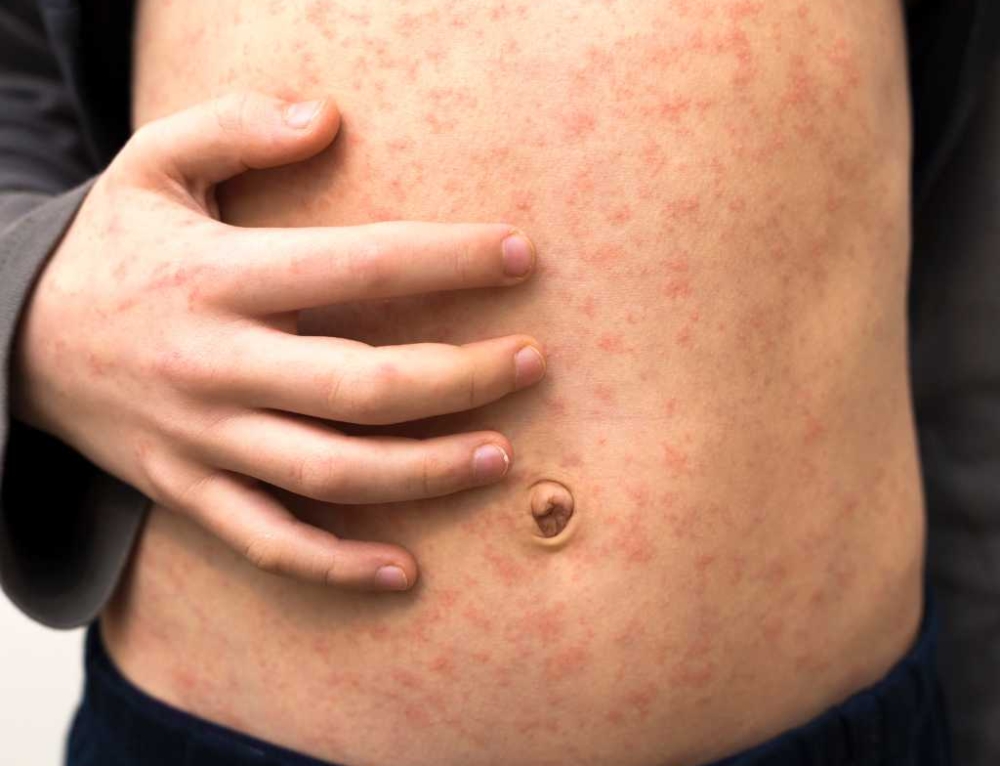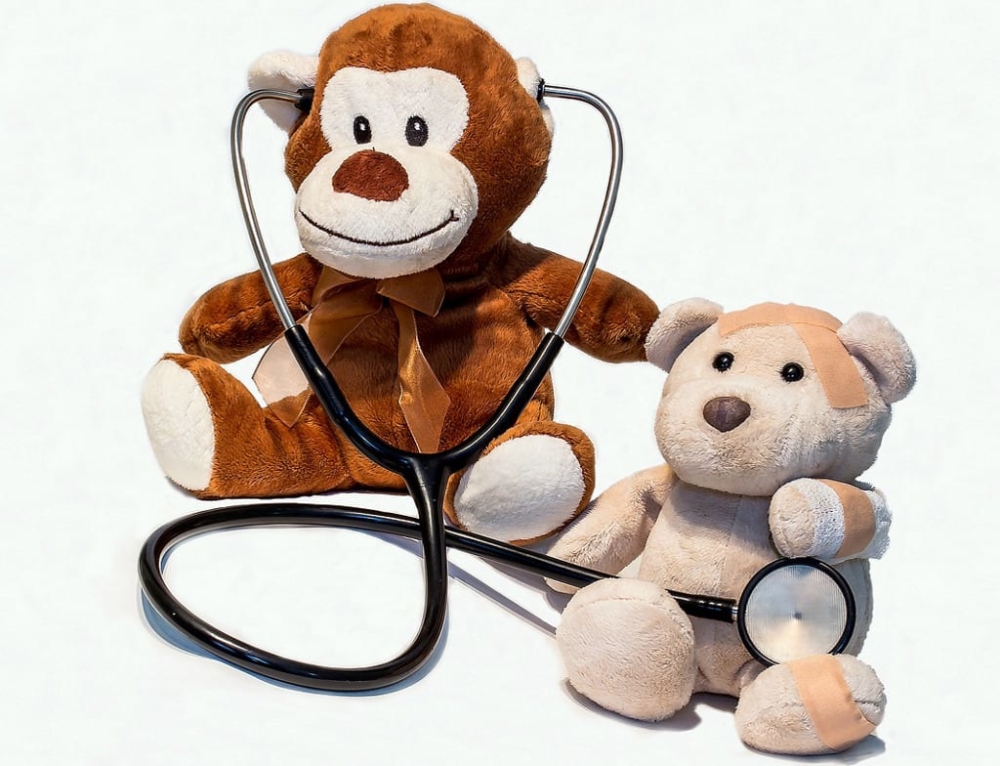Grazes, scrapes and cuts – these are the war wounds of childhood. And most adults can proudly show off some limb scarring from a fall off a bike, a swing or a tree.
But while a badge of honour when older, these scars start off as painful and stinging wounds as a child. Here are some tips on treating grazes, scratches and deeper wounds – although the best thing a parent can do is undertake a first aid course.
Grazes
They may look superficial and will hardly bleed, but we all know how much these injuries hurt.
Grazes are the most common skin injury kids will experience – and the first thing to do when treating them is to provide comfort because kids will be feeling a bit of stinging pain caused by the damage to the many nerve endings in the skin.
The next step is to prevent infection, so ensure your hands are clean before starting to treat the injury.
Many grazes will contain dirt or gravel which can lead to infection if left so wash the injured area with clean water – tap water is fine. An antiseptic is usually not needed but is useful if clean water is not available.
If the dirt cannot be removed by gentle washing, cover the wound with a clean non-stick dressing and seek some advice from your pharmacist or doctor.
Clean wounds can be left to heal without any further treatment – and they will heal more quickly if they are left uncovered for the first 24 hours. If there are clean flaps of skin, leave them to provide a natural dressing.
If they need to be covered – and many littlies will insist they are – avoid dressing that might stick to the graze as removing these can be very painful.
A crust will form on the graze within the first day or so and will then heal much more quickly if left uncovered.
Cuts and deeper wounds
These go deeper than a graze and therefore larger blood vessels can be damaged causing more bleeding – that alone can be more distressful for kids.
After comforting your child, the first thing to do is try to control the bleeding and see if the wound requires a trip to the doctor or emergency. See “When it’s more serious” below.
Apply pressure to the wound with a clean cloth. Raising the injury will slow down the blood flow.
For a cut or deeper wound to heal well, it needs to be clean and, if the skin is sliced, the two sides need to be close together. Apply a waterproof dressing to prevent the area getting wet.
When it’s more serious
Seek medical help if:
- the wound is not clean
- the cut is large (more than about a centimetre long)
- the cut gapes open
- bleeding does not stop quickly
- the cut might leave an unsightly scar
- you are not sure what is the best thing to do.
If it is an emergency call 111. If you are unsure what to do call Healthline on 0800 611 116.
Is it infected?
The skin forms a barrier against infection so any wound can easily allow germs to get in.
A wound that has not started to heal within two days could be infected. Infections may spread to the area around the wound, and sometimes to the whole body.
Signs of infections include:
- increasing pain and tenderness
- swelling and redness around the wound
- increasing heat in the wound and surrounding tissues
- pus seeping out of the wound
- a streak of redness spreading up from the wound (if it is on an arm or leg)
- tenderness in the groin or armpit from infected lymph glands
- fever and feeling unwell
In many cases the body’s immune system can fight the infection, but if the child is already starting to have symptoms of being unwell, a course of antibiotics prescribed by your doctor, may be necessary.







Leave A Comment
You must be logged in to post a comment.